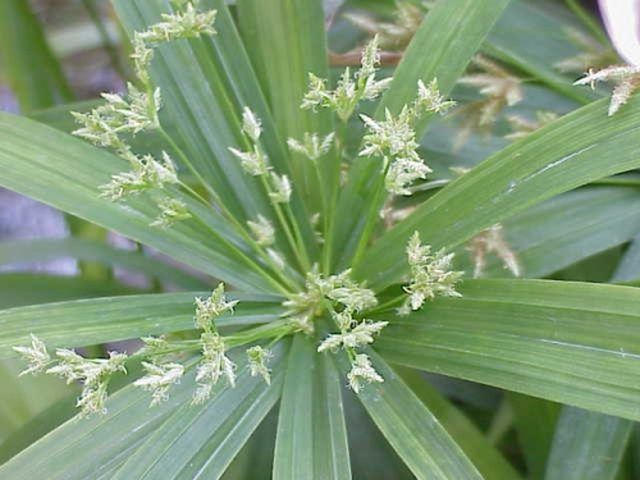Bulbs
Flower Basics
Flower Beds & Specialty Gardens
Flower Garden
Garden Furniture
Garden Gnomes
Garden Seeds
Garden Sheds
Garden Statues
Garden Tools & Supplies
Gardening Basics
Green & Organic
Groundcovers & Vines
Growing Annuals
Growing Basil
Growing Beans
Growing Berries
Growing Blueberries
Growing Cactus
Growing Corn
Growing Cotton
Growing Edibles
Growing Flowers
Growing Garlic
Growing Grapes
Growing Grass
Growing Herbs
Growing Jasmine
Growing Mint
Growing Mushrooms
Orchids
Growing Peanuts
Growing Perennials
Growing Plants
Growing Rosemary
Growing Roses
Growing Strawberries
Growing Sunflowers
Growing Thyme
Growing Tomatoes
Growing Tulips
Growing Vegetables
Herb Basics
Herb Garden
Indoor Growing
Landscaping Basics
Landscaping Patios
Landscaping Plants
Landscaping Shrubs
Landscaping Trees
Landscaping Walks & Pathways
Lawn Basics
Lawn Maintenance
Lawn Mowers
Lawn Ornaments
Lawn Planting
Lawn Tools
Outdoor Growing
Overall Landscape Planning
Pests, Weeds & Problems
Plant Basics
Rock Garden
Rose Garden
Shrubs
Soil
Specialty Gardens
Trees
Vegetable Garden
Yard Maintenance
How to Grow Umbrella Grass
How to Grow Umbrella Grass. Unbrella grass is also known as umbrella plant and cyperus. It is closely related to papyrus. Umbrella grass is perfect for water gardens, koi ponds, fish tanks or as houseplants. These easy to grow sedges are attractive and virtually maintenance free.
Unbrella grass is also known as umbrella plant and cyperus. It is closely related to papyrus. Umbrella grass is perfect for water gardens, koi ponds, fish tanks or as houseplants. These easy to grow sedges are attractive and virtually maintenance free.
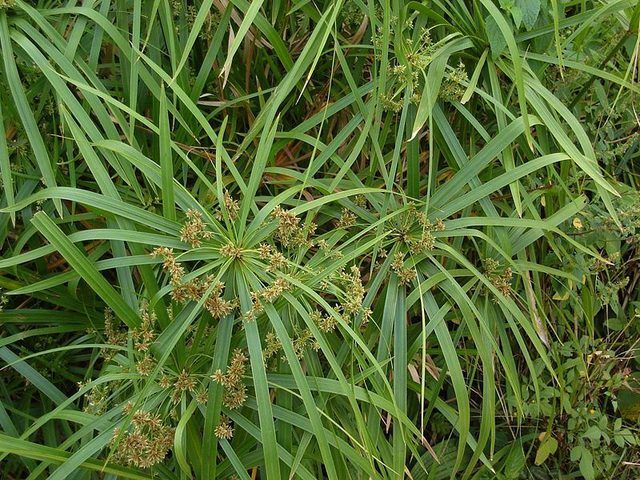
Step 1
Plant them in a warm location. These African natives do best in the mildest climates of the United States. In places where winter temperatures dip below 10 degrees, plant indoors or grow as an annual. Some cold hardy varieties may be available. Go to your local garden center to find a variety best suited to your climate. These plants are usually available as young transplants but can also be started from seed quite easily.
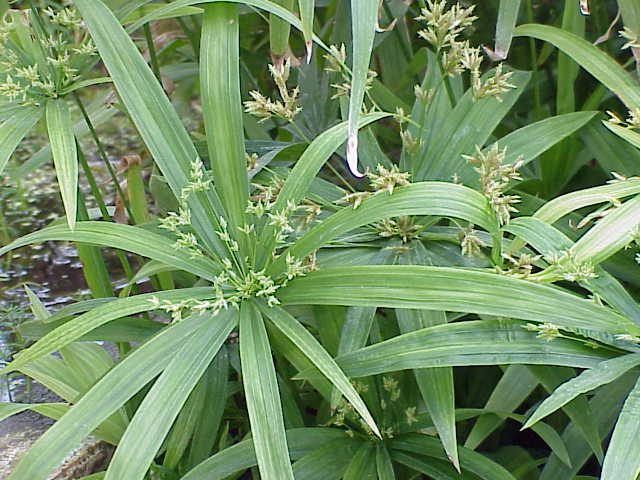
Step 2
Give umbrella grass plenty of moisture. Most varieties grow well with root systems completely submerged in water. If you choose to plant them in dirt, give them nutrient rich soil amended with plenty of organic matter. Keep the soil moist at all times. They will survive droughts, but will not grow as vigorously or look as healthy.
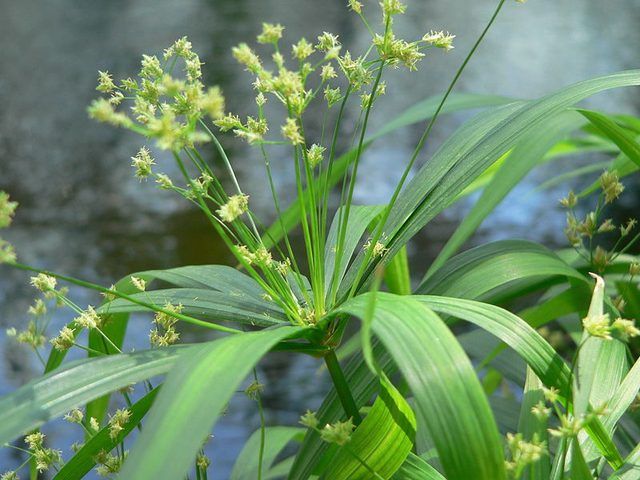
Step 3
Leave them alone. The only real mistake that a gardener can make with an umbrella plant is to give them too much care. They can grow in full sun, partial shade or full shade. They do not need fertilizer beyond the amendments in the potting soil. Young transplants may benefit from some phosphorous, but it is not a necessity. Neither insects nor deer bother them and they are mostly disease free.
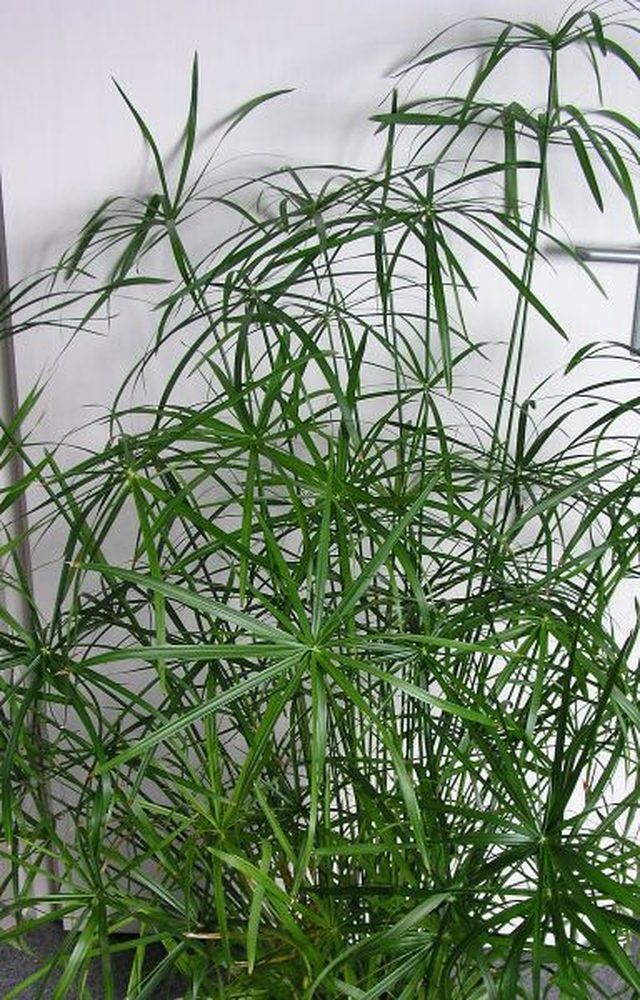
Step 4
Keep the plants neat and tidy. Remove dead and damaged stems to keep them looking nice. These plants are self sowing and can quickly take over if left unchecked. Divide clumps when the plants become to large and repot or give away. Keep the smaller pieces towards the outside of the clump and discard the large centers.
